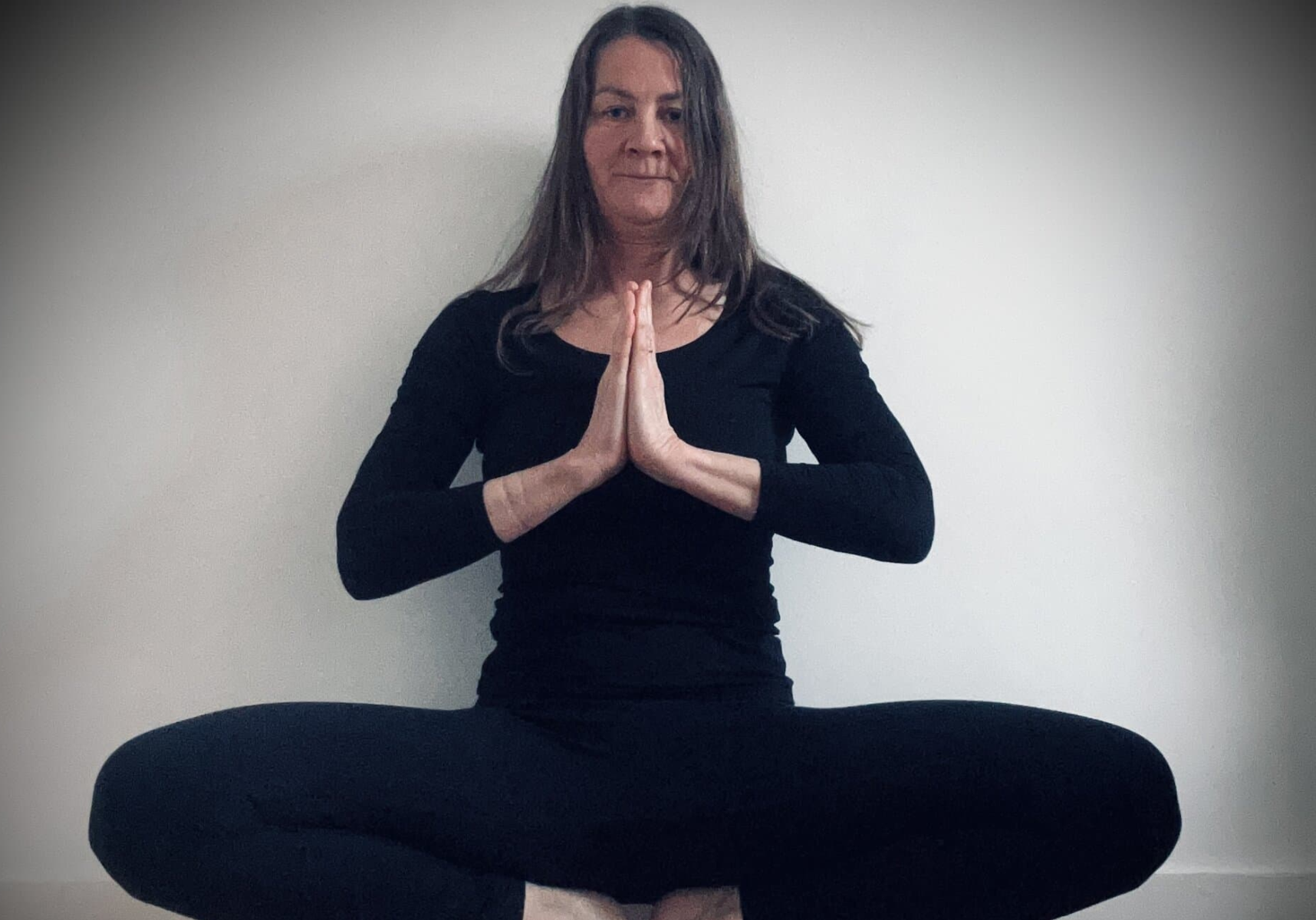
Truth Beyond Words: Satya in Modern Yoga Practice
In a world of Instagram filters, political spin, and "alternative facts," the ancient yogic principle of Satya (truthfulness) feels more relevant than ever. As one of the five Yamas or ethical restraints in Patanjali's eight-limbed yoga path, Satya invites us to align our thoughts, words, and actions with truth. But what does this mean for today's yoga practitioner?
Reading time: 2 minutes
While the Ten Commandments may no longer be the cultural touchstone they once were, most of us still feel an intuitive pull toward honesty. Satya, however, goes deeper than simply not telling falsehoods. The Sanskrit root "sat" means "that which exists" or "that which is." Satya is therefore an invitation to recognise and honour what truly is—in ourselves, in others, and in the world around us.
For modern practitioners, Satya begins on the mat. Are we truthful about our physical capabilities, or do we push beyond healthy limits to achieve a pose? Do we acknowledge our current state—tired, distracted, energetic—or pretend to be something we're not? The practice of Satya asks us to drop the performance and meet ourselves exactly as we are.
Importantly, Satya never stands alone. In yogic philosophy, it works in concert with ahimsa (non-harming), reminding us that truth without compassion can become a weapon. As the sage Vyasa wrote in his commentary on the Yoga Sutras, "Speak the truth which is pleasant. Do not speak unpleasant truths. Do not lie, even if the lies are pleasing to the ear."
This nuanced understanding offers valuable guidance in our fractured social landscape. When is speaking out an act of necessary truth, and when is it harmful? When should we listen rather than speak? Satya challenges us to communicate with both honesty and heart.
Perhaps nowhere is Satya more challenging than in our online lives, where carefully curated personas often replace authentic expression. For yoga teachers and students alike, social media presents particular challenges. Am I sharing this pose for validation, or as genuine teaching? Am I promoting unrealistic standards while claiming to celebrate all bodies?
Satya may be our most powerful antidote to collective confusion
Practicing Satya might mean pausing before posting, examining our intentions, and asking whether our digital presence reflects our deeper values or undermines them.
Beyond the yoga studio and social media, Satya invites consistency between our inner and outer lives. This might mean:
- Acknowledging when we've made a mistake rather than deflecting blame
- Setting boundaries that honour our true needs and capacities
- Questioning internal narratives that don't serve our highest good
- Choosing integrity even when it's uncomfortable or inconvenient
As we practice this kind of radical honesty, we often discover that truth is less about rigid moral codes and more about clearing away what obscures our authentic nature. In this way, Satya becomes not just an ethical guideline but a pathway to liberation.
When we commit to truth in our personal practice, something remarkable happens: we contribute to a more truthful world. In an era of deepfakes and disinformation, individual commitment to Satya may be our most powerful antidote to collective confusion.
The Yamas were never intended as commandments imposed from outside, but as natural expressions of our deepest wisdom. Perhaps this is why principles like Satya continue to resonate even as traditional religious frameworks recede. They speak to something timeless in the human experience—our innate recognition that when we align with truth, we align with our most essential nature.
In the words of B.K.S. Iyengar, "The practice of Satya forms the very foundation of the yoga of action." May we all find the courage to build our practice, and our lives, on this foundation.





